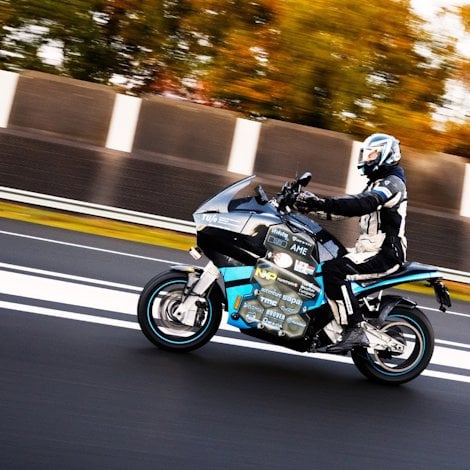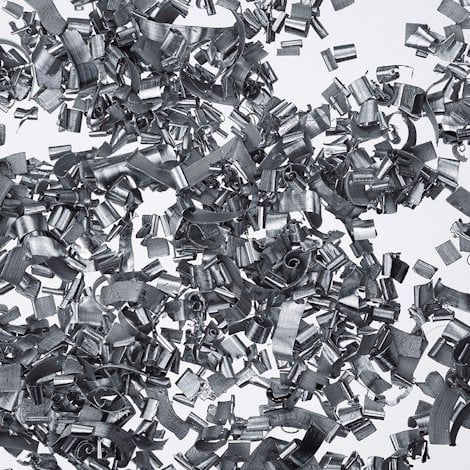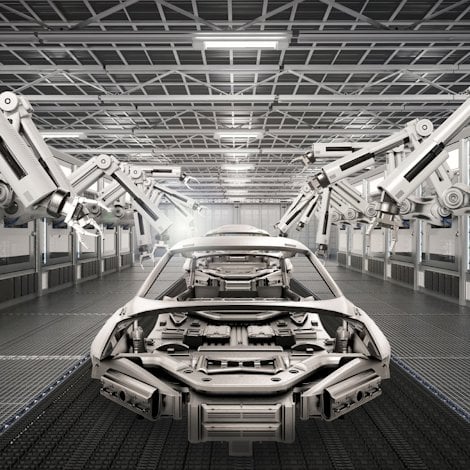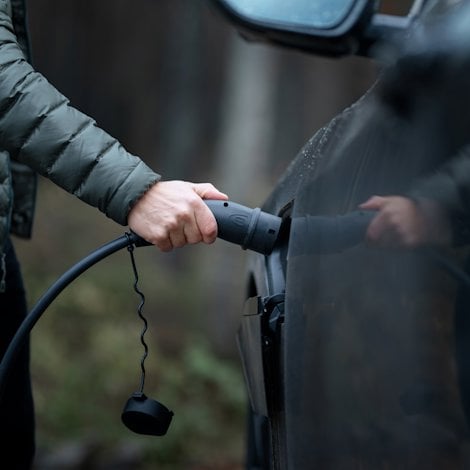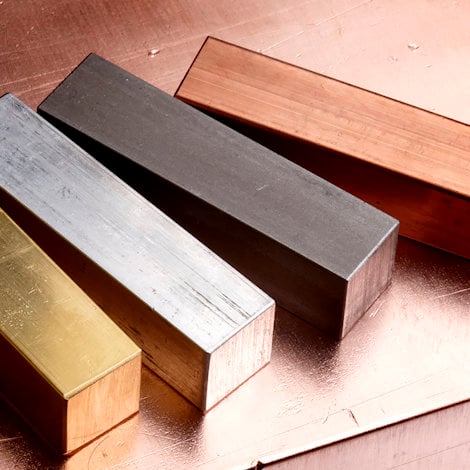Comparing aluminium lightweight design with steel design in life-cycle analysis of passenger vehicles
The future of transportation depends on low-carbon, lightweight materials and cars that can be designed for a circular economy in order to achieve a low-emission transport industry. We see a multi-material world in which every material, including both steel and aluminium, will have roles to play.
What is important is finding the right use of material for the right applications and understanding how to analyze the impact of design and material choices.
In this vein, let’s look at a study we did with focus on life-cycle assessments (LCAs), where we teamed with the German automotive research institution fka GmbH to examine the impact of the following materials on the overall ecological footprint of cars:
- “Average” European aluminium
- Low-carbon aluminium
- Steel
A methodical evaluation of lightweighting was made, utilizing fka’s vehicle assessment model as the baseline, and defining six generic vehicles as reference variants. These were C-segment cars and sports utility vehicles (SUVs). Both cars with internal combustion engines and electric batteries were studied, as well as different ranges on a single charge for the battery-electric vehicles (BEVs).
Furthermore, for the BEVs, the impact of electrical grid mix (i.e. fossil fuel and renewables ratio) was studied by using Norway, Germany and China as examples.
LCAs and lightweighting with aluminium
For the research, lightweighting technologies were used in the outer panels and body structures, redesigning steel components with aluminium. Also considered were secondary weight reductions, such as downsizing the chassis and engine, and scaling the energy storage system.
This lightweighting exercise reduced the total mass of vehicles by approximately 9-to-14 percent.
LCAs were then performed on each of the six vehicles.
The aluminium grades that were analyzed were the variant based on the European average (6.7 kg CO2e/kg Al) and the low-carbon variant (4 kg CO2e/kg Al).
Aluminium and steel compared
Let’s look first at the European aluminium variant. Research here showed that using this variant in ICEVs marginally increased CO2e emissions in the production phase, but that this increase was offset in the use phase. It put the ecological break-even at mileage of around 70,000 km.
The results in BEVs were similar, that with the typical European electricity grid mix (Germany), emissions were slightly higher in the production phase but still positive due to the decrease in use-phase emissions. However, the ecological break-even point shifted to higher mileages.
What this means is that in regions where electricity is generated from a typical European grid mix, the full LCA benefit of using aluminium versus steel was justified.
Low-carbon aluminium improves the ecological footprint of cars
Using the low-carbon aluminium of course improved the ecological footprint even more. In fact, the research showed that using the greener aluminium in both the ICEV and BEV variants would create an emissions reduction already in the production phase – for all variants. In other words, the weight savings were enough to overcome the higher footprint of the aluminium per kg as compared to steel.
This reduction grew even more during the use phase against the steel-based reference vehicles, due to the impact of lightweighting.
A better alternative toward more sustainable transportation
The reduction in use-phase emissions generated by lightweighting and/or electrification thereby puts the production phase in focus. And here, the research showed that replacing steel with aluminium is absolutely a viable alternative from the standpoint of sustainability.
Furthermore, low-carbon aluminium gives carmakers an alternative that can take them to another level.
Fka’s research shows the greener metal can help reduce emissions by about 11-to-14 percent – there are slight differences between C-segment vehicles and SUVs – compared with steel.
It is hard to disagree with such numbers.



